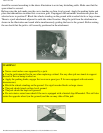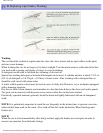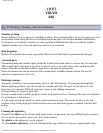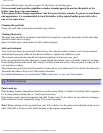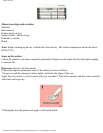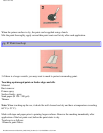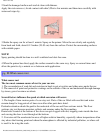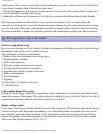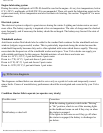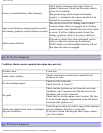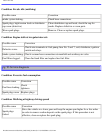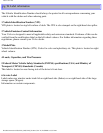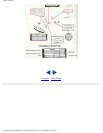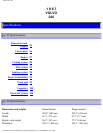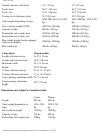
1987 Volvo 240
Where parts of the car are covered with road dirt containing road salt, corrosion will be accelerated at a
lower relative humidity than if the surface were clean.
3. Increased temperature will cause an accelerated rate of corrosion of those parts of the car which are
not well ventilated to permit quick drying.
4. Industrial pollution and the presence of salt will also accelerate the deterioration of paint finishes.
The foregoing underscores the need for every car owner to keep his or her car, particularly the
underside, as clean and dry as possible. Repair any minor damage to paint work and protective coating
as soon as possible. The need is more important in those localities where road salt is used for de-icing,
the relative humidity is higher, air pollution is present and temperatures regularly stay above freezing.
pg. 89 Long distance trips, Cold weather
Prior to a long distance trip
Have your car checked at a Volvo dealer. Preventive maintenance will help to ensure a trouble free trip.
Remember to take along a Volvo dealer directory.
The main items to check are listed below:
1. Brakes, front wheel alignment and steering gear.
2. Engine running condition.
3. Fuel system operation.
4. Oil leaks: engine, transmission, rear axle.
5. Cooling system for leaks or worn hoses.
6. Examine tires carefully, replace worn tires.
7. Battery and terminals.
8. Tool equipment.
9. Lighting.
10. Drive belts, for tightness and wear.
11. All fluid levels.
Cold weather Engine fuel system
During the winter, large variations in temperature cause condensation to form in the fuel tank and can
impair the running of the engine. This can be reduced by adding dry gas to the fuel. There is less risk of
condensation forming in the fuel tank if it is kept full or nearly full.
Engine cooling system
Volvo type C (blue-green) coolant should be used all the year round. The cooling system should always
contain water plus anti-freeze and rust inhibitor, even during the summer. Experience has also shown
that extremely weak anti-freeze solutions (10-25 percent) are ineffective for rust protection. For this
reason, the quantity of anti-freeze/summer coolant should amount to about 50 percent of the solution.
This lowers the freezing point to-30° F (-35° C).
file:///K|/ownersdocs/1987/1987_240/87240_03c.htm (6 of 11)12/30/2006 7:53:32 AM



